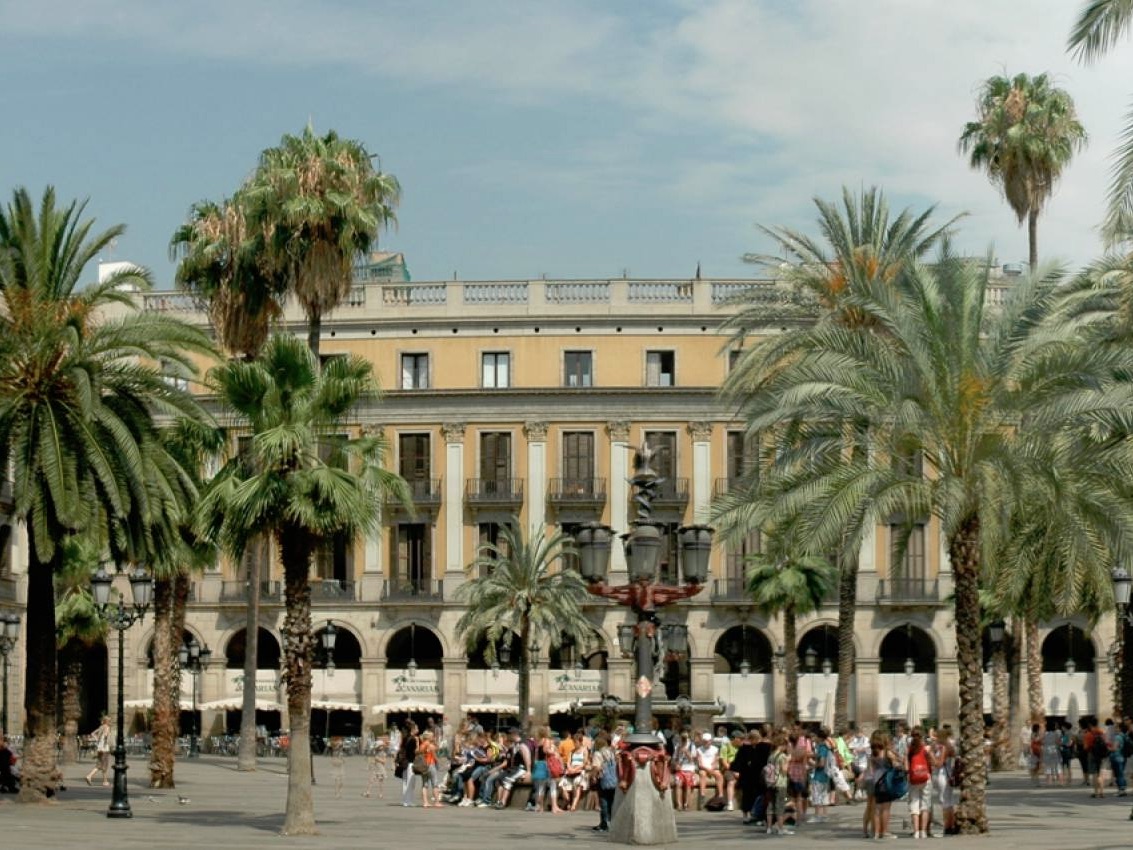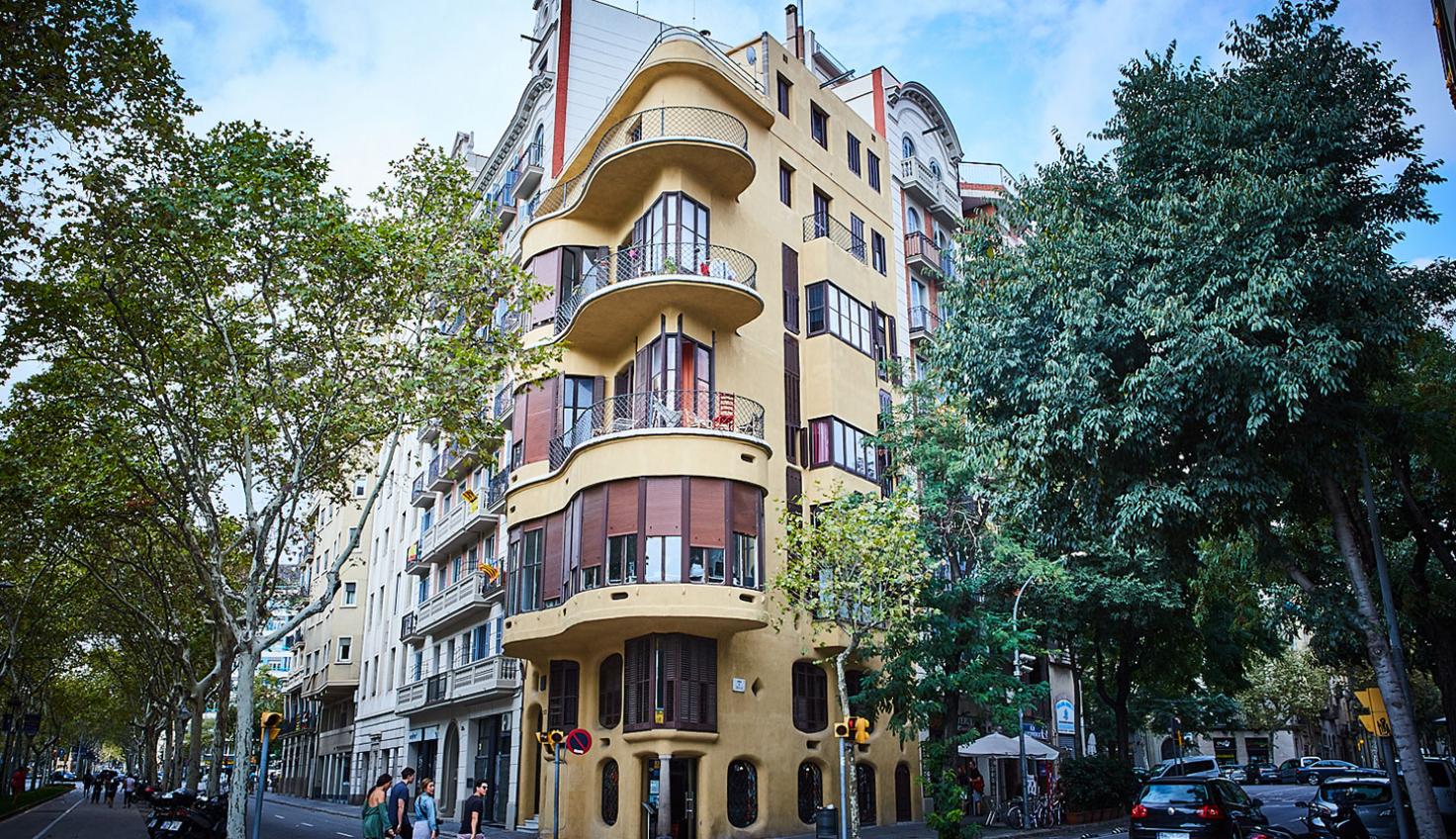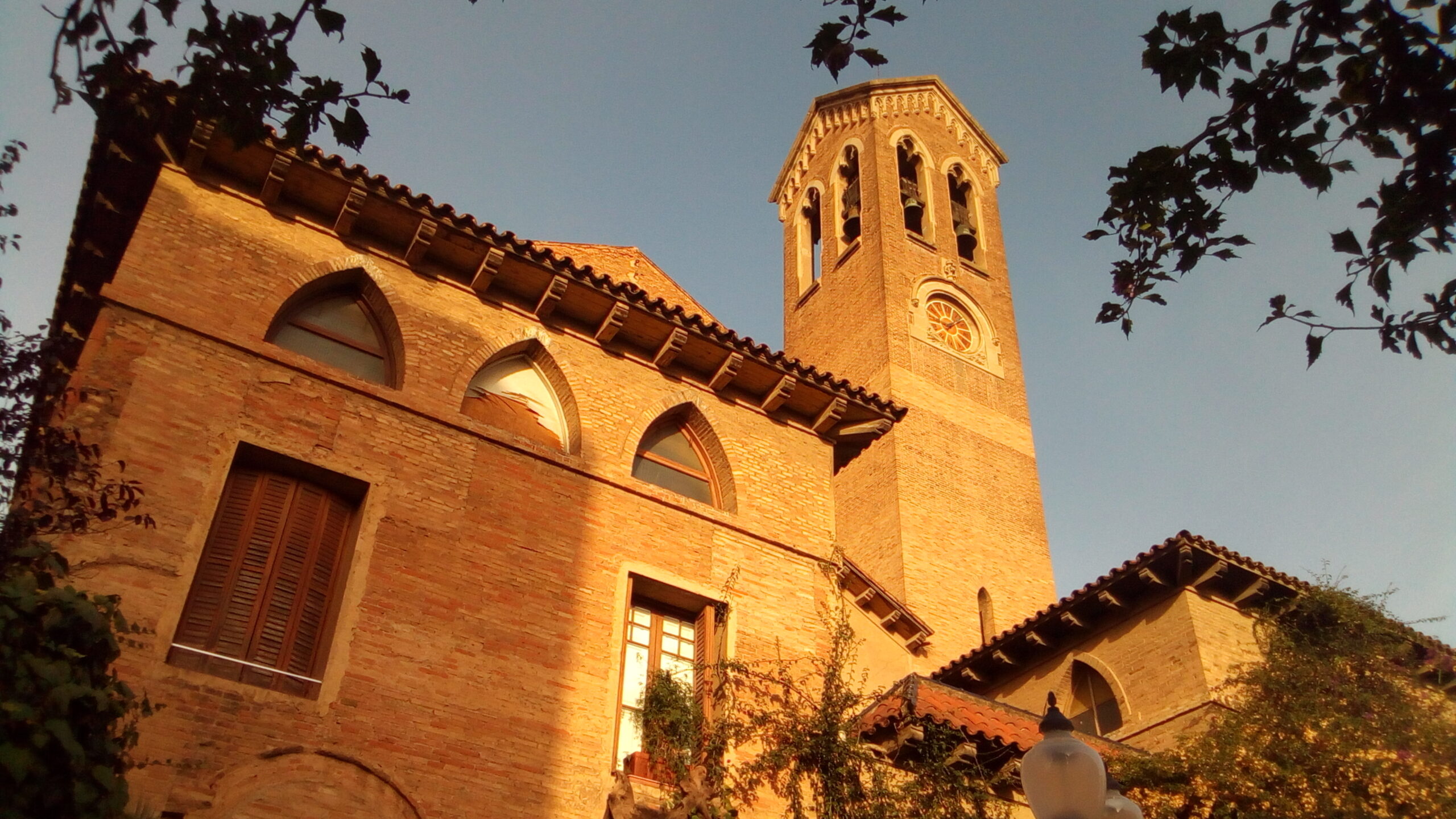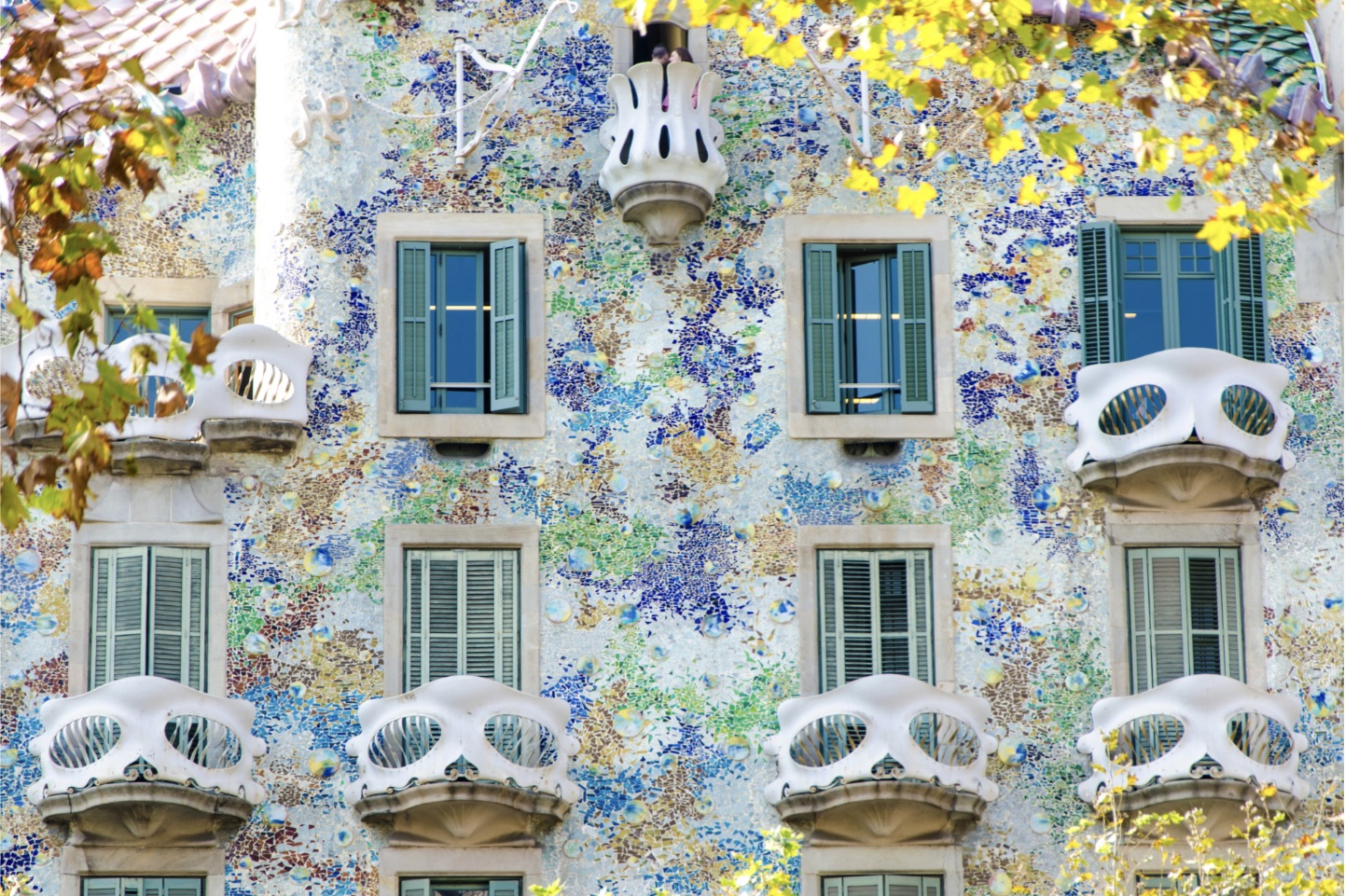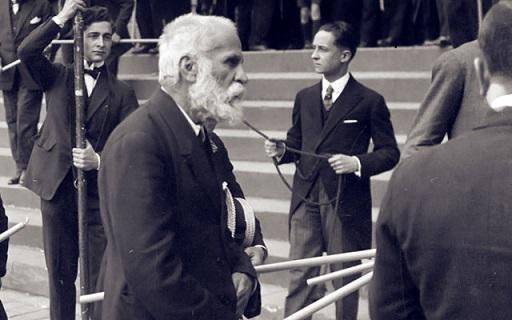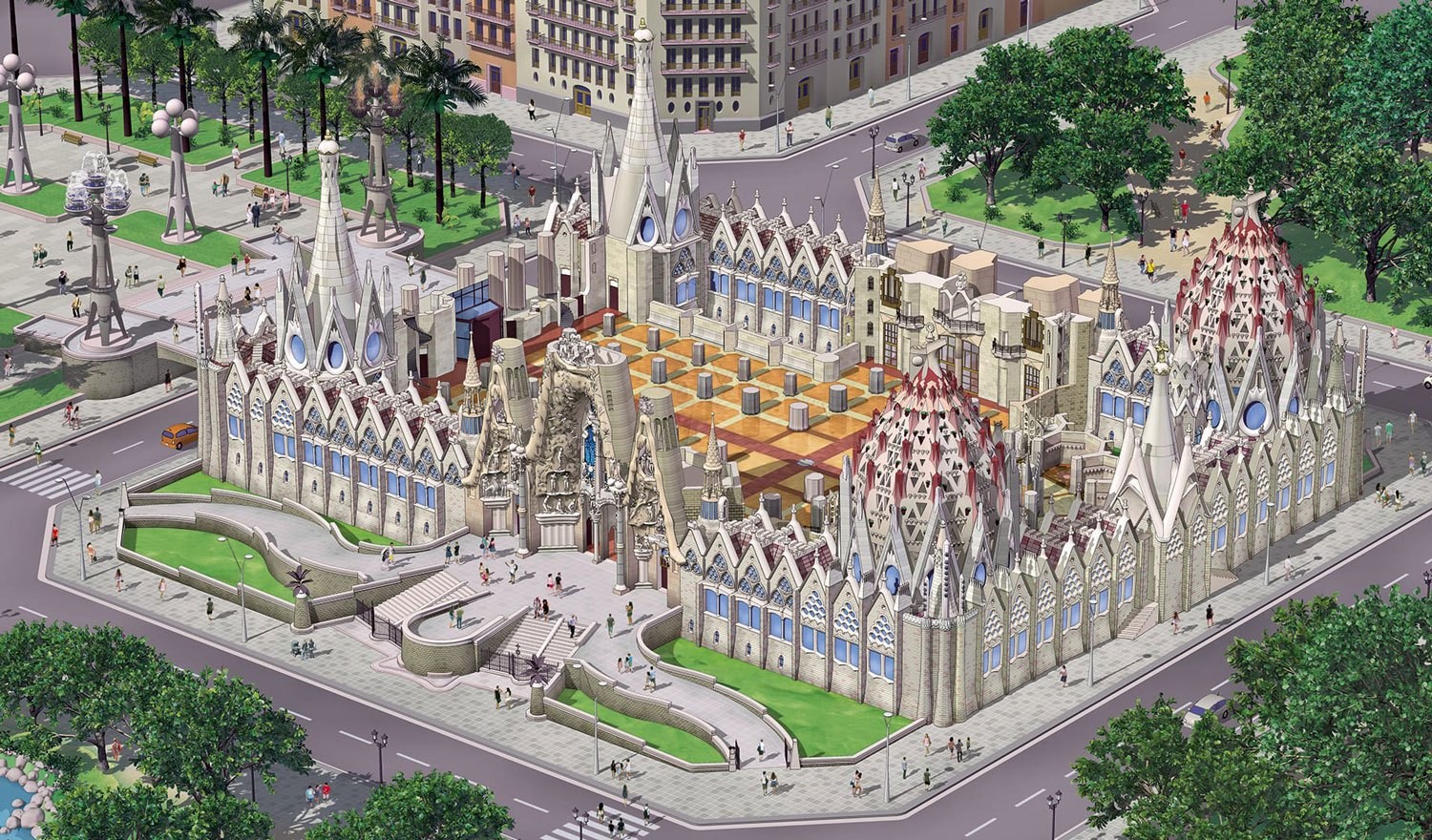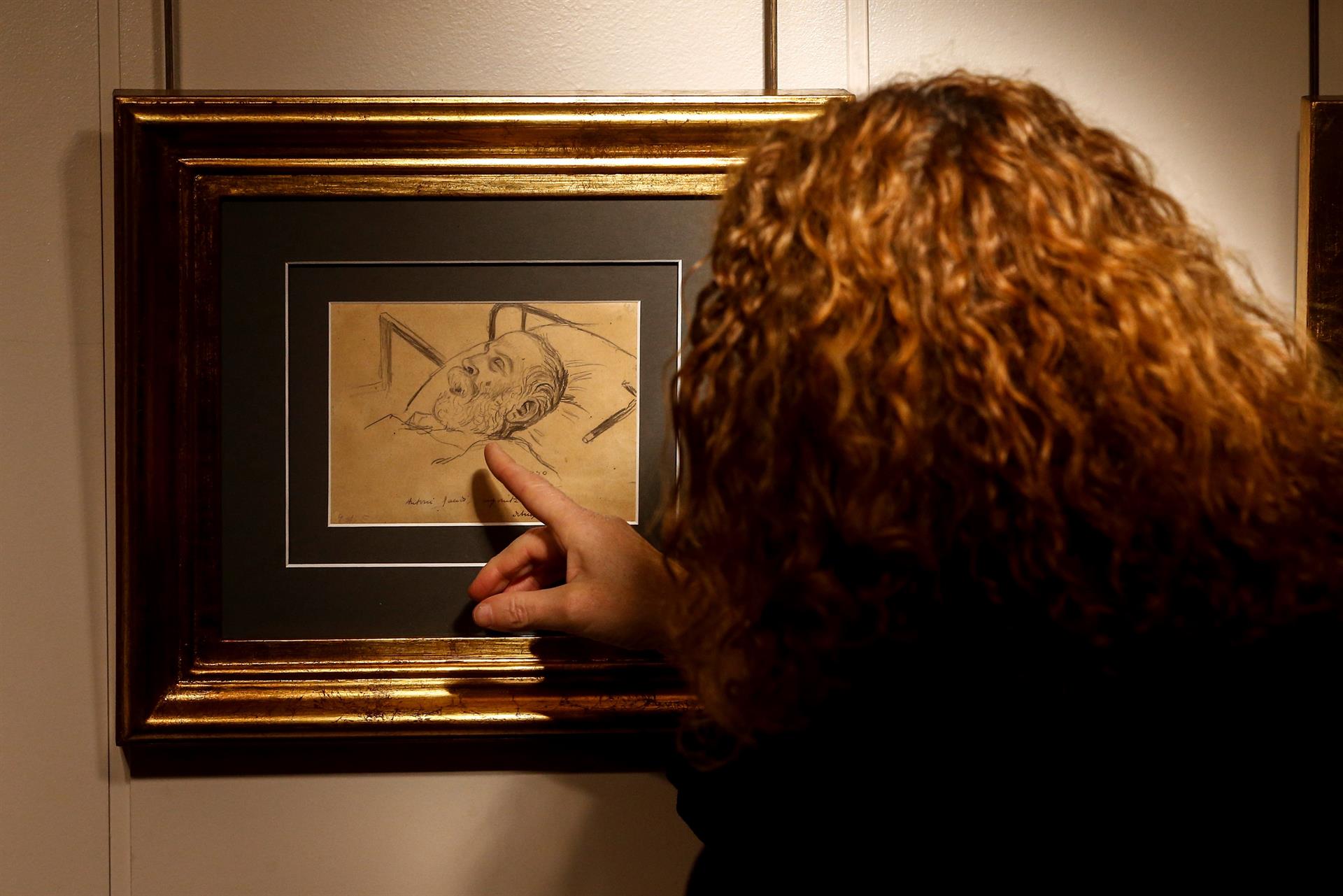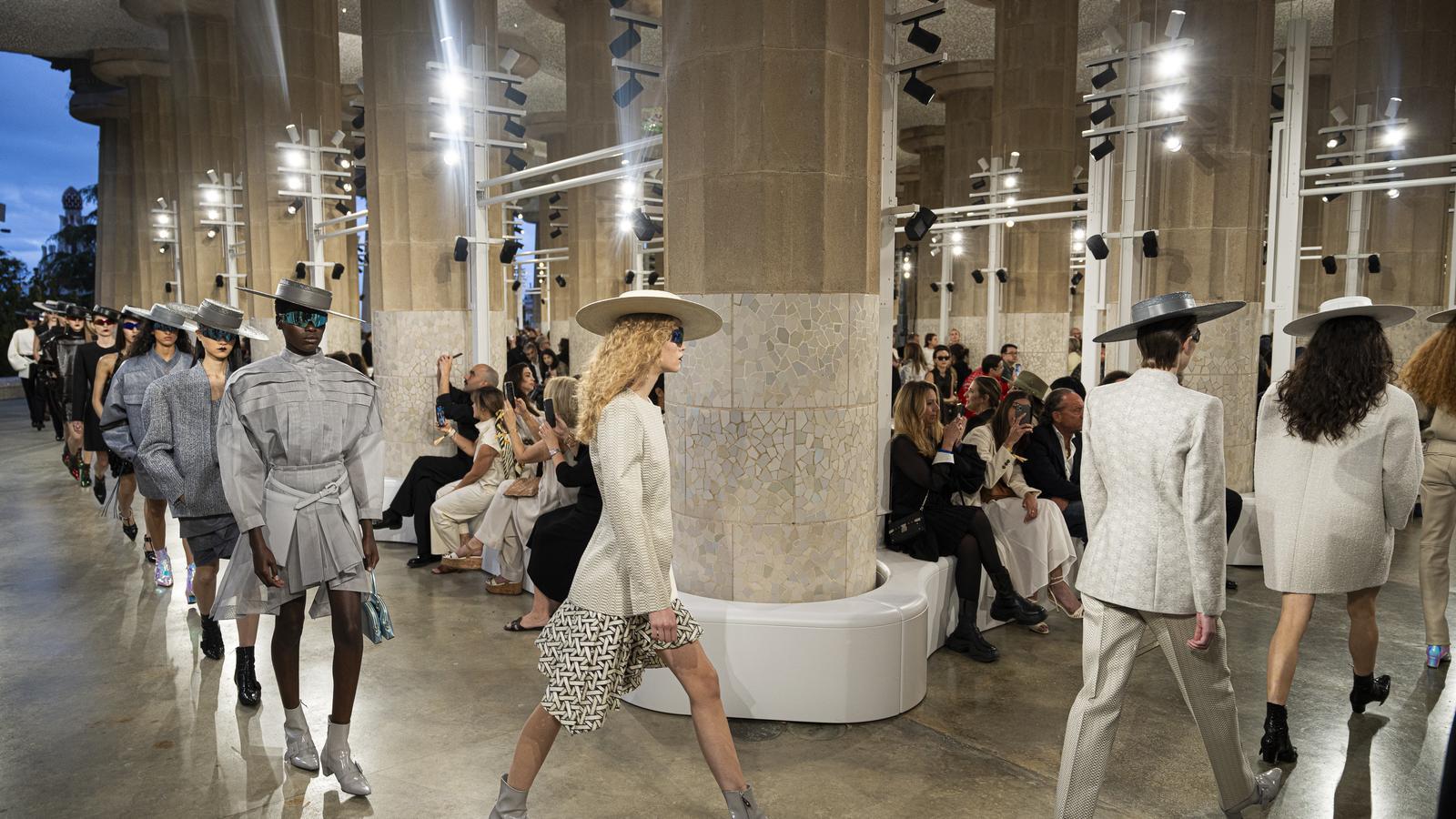“Tren del Ciment”: a journey through history and nature
The Tren del Ciment is more than just a scenic railway ride, it’s a journey through the industrial and artistic history of Catalonia, offering visitors a unique blend of modernist architecture and breathtaking landscapes.
- Related to Gaudí
Originally built to transport workers and materials between the Asland Cement Factory in Castellar de n’Hug and the mines of Fígols, this narrow-gauge railway now serves a very different purpose – taking tourists on a nostalgic ride through one of the region’s most beautiful and historically rich areas.
A ride through time
The railway stretches just over 3 kilometers and takes about 20 minutes to travel, but those 20 minutes offer much more than scenic views. The Tren del Ciment passes through historically significant stops such as the Artigas Gardens, designed by Antoni Gaudí himself, and the Museu del Ciment, which tells the story of Catalonia’s industrial past, particularly its cement production.
The train’s route originally connected the Asland Cement Factory, a major player in Catalonia’s industrial development, to the surrounding mines that provided its raw materials. Today, passengers are transported back to the early 20th century as they ride vintage-style carriages through lush landscapes and modernist architecture, offering a perfect blend of culture and nature.
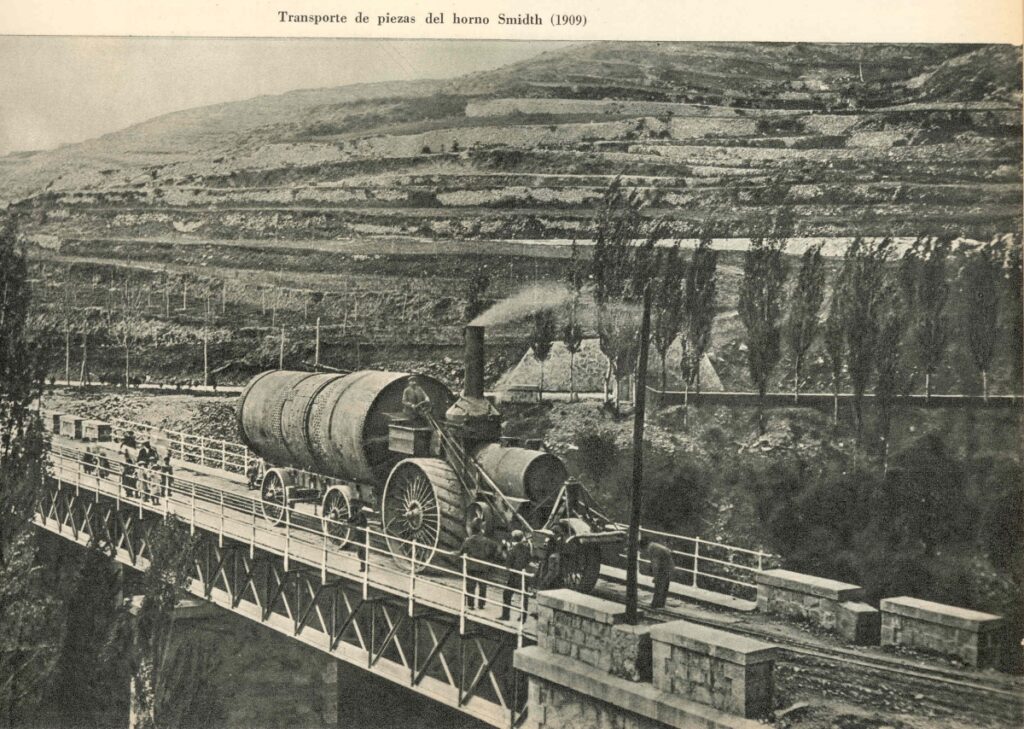
Gaudí's influence: Artigas Gardens
ne of the most significant stops along the train’s route is the Artigas Gardens. Designed by Gaudí in 1905 as a gesture of gratitude to the Artigas family for their hospitality, these gardens are a hidden gem of Modernist architecture. They incorporate Gaudí’s signature organic forms and his integration of nature with human-made structures, much like his more famous works in Barcelona.
The gardens feature waterfalls, bridges, and sculptures that appear to grow out of the natural landscape. This stop provides visitors with an intimate view of Gaudí’s lesser-known work, offering a peaceful escape into a world where art and nature are inseparable.
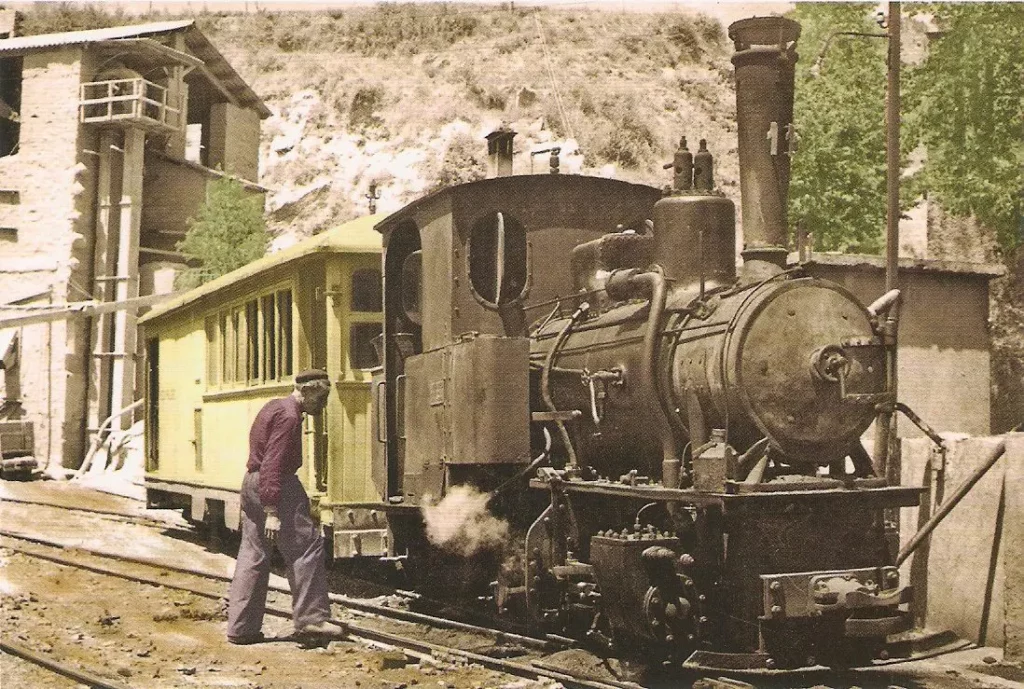
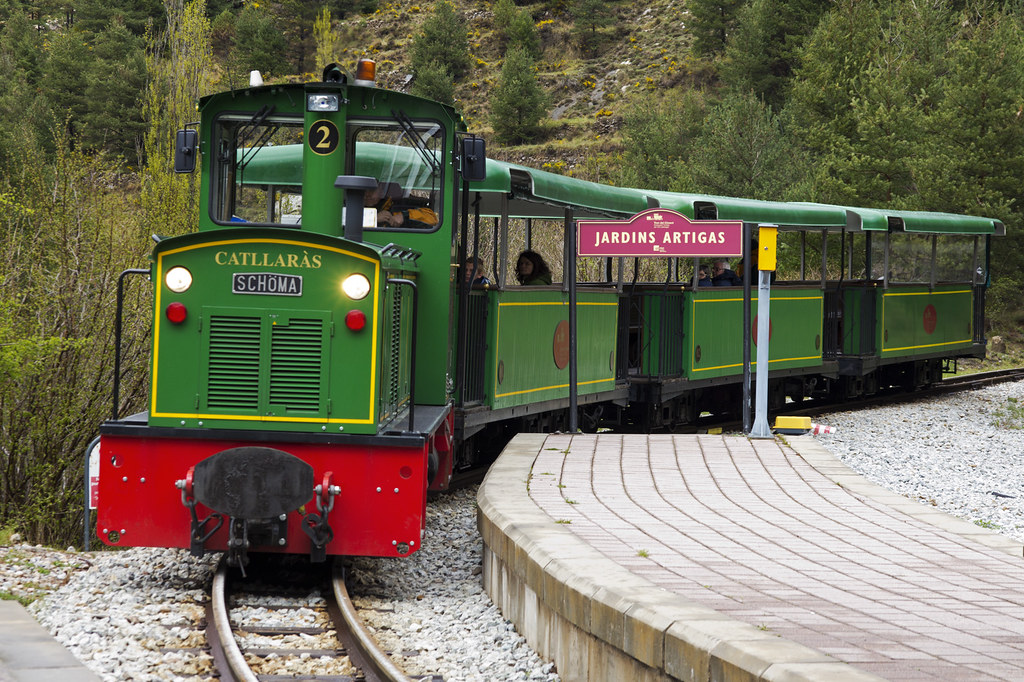
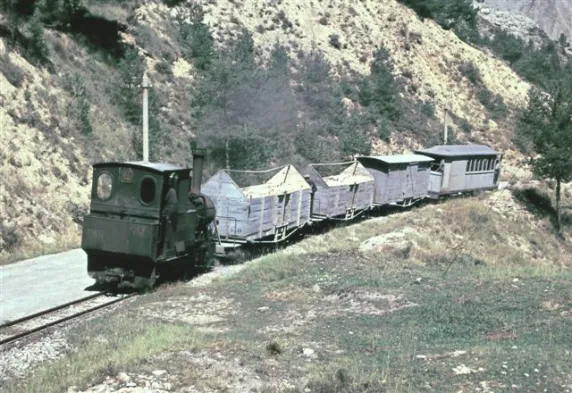
The museum of Cement
At the end of the line, visitors arrive at the Museu del Ciment, located in the original Asland Cement Factory, which was founded in 1901 by industrialist Eusebi Güell, a close friend and patron of Gaudí. The museum offers an in-depth look at the industrial heritage of the area, explaining how cement production revolutionized construction in Catalonia and contributed to its modernization.
The museum features exhibits on the history of the cement industry, the lives of the workers, and the role that this factory played in shaping Catalonia’s architectural landscape, particularly in the use of concrete in modernist designs.
A modernist experience
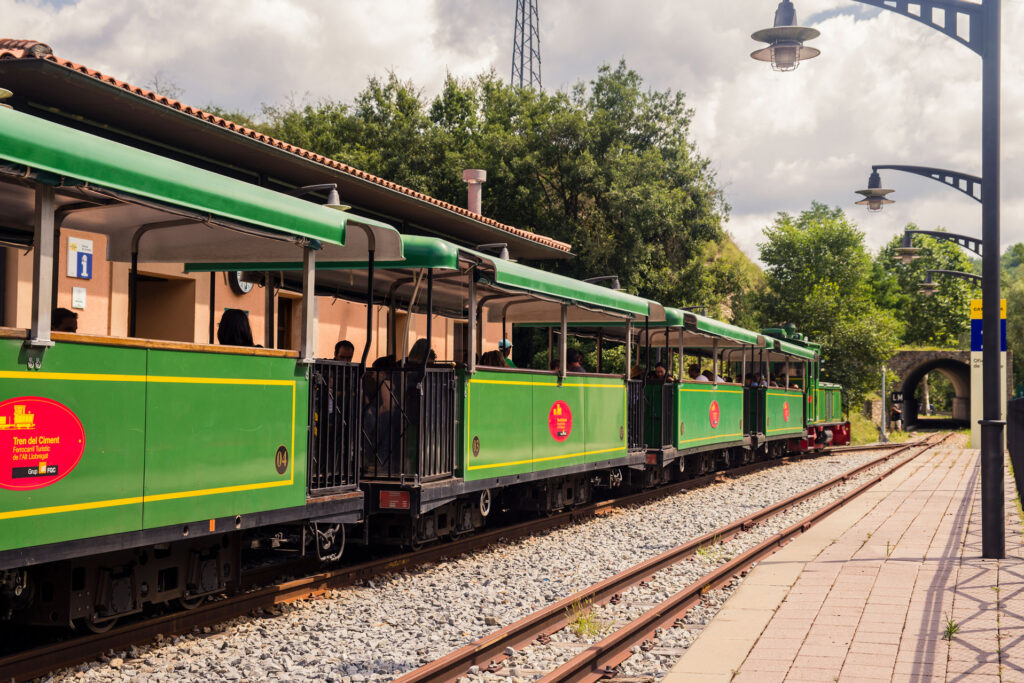
The Tren del Ciment offers more than just a ride, it provides a full cultural experience that connects Catalonia’s industrial and artistic past. From Gaudí’s Artigas Gardens to the industrial might of the Asland Cement Factory, this journey captures a moment in history when art, architecture, and industry came together in the service of modernity.
For those visiting Catalonia, the Tren del Ciment is a must-see, combining stunning landscapes with cultural and historical insights that offer a glimpse into the region’s past and its architectural innovation.
